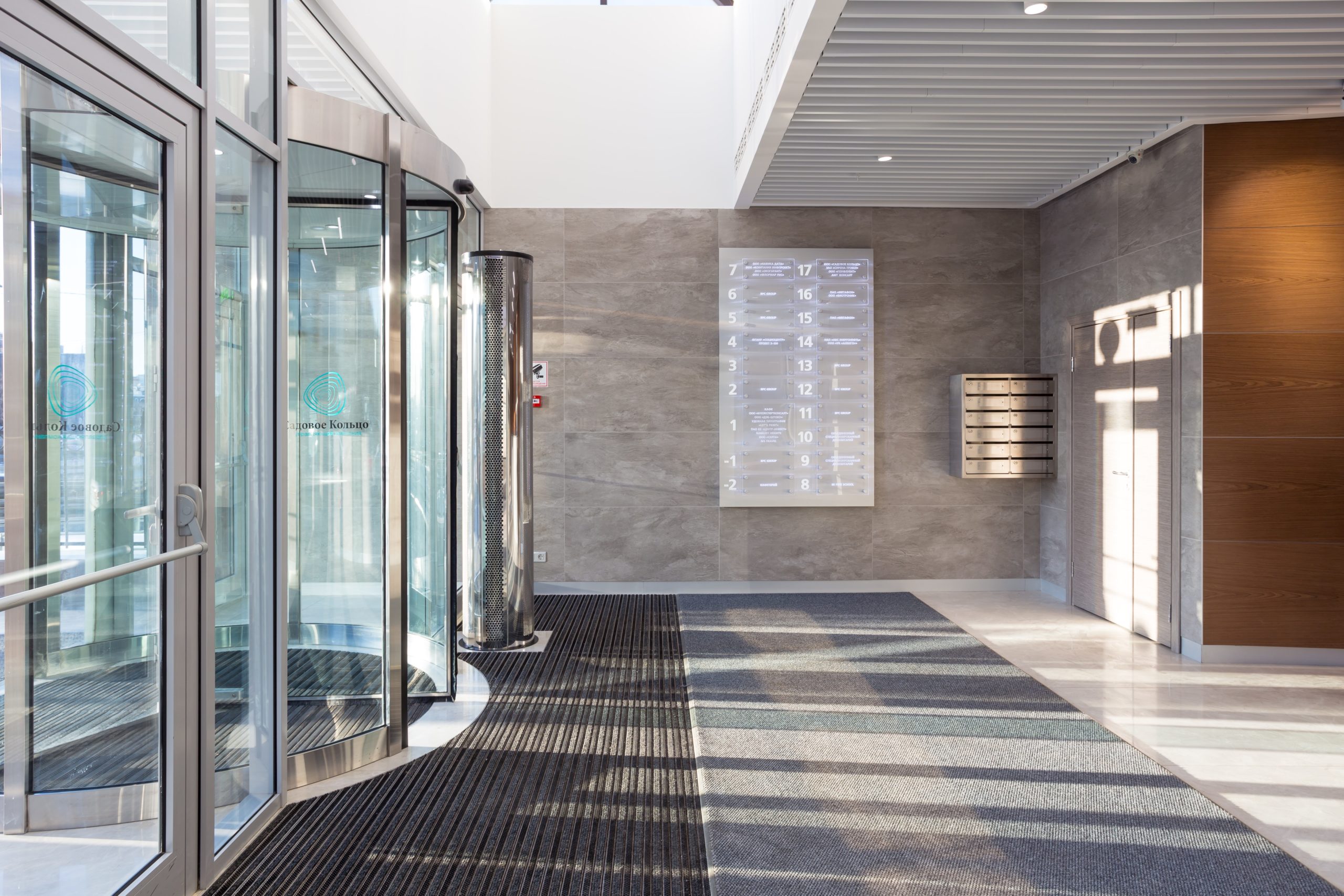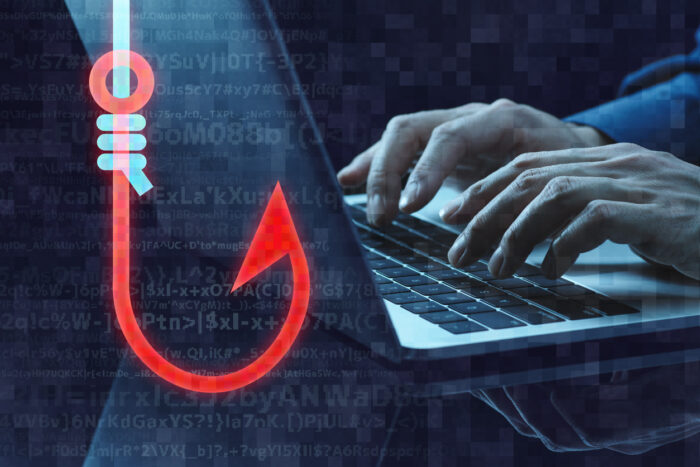Se habla mucho de los incidentes de ciberseguridad, y con razón. Los ataques de ciberseguridad son prolíficos, y el año pasado se duplicaron los ataques ransomware contra empresas británicas. Pero no son sólo los ciberataques lo que debe preocupar a una empresa. Las violaciones de la seguridad física son comunes y a menudo están relacionadas con los ataques de ciberseguridad.
A continuación se presentan algunos de los tipos de riesgos de seguridad física más frecuentes y sugerencias para prevenirlos.
5 formas de prevenir las violaciones de la seguridad física en el lugar de trabajo
El aspecto físico de la seguridad de los datos forma parte de una respuesta más amplia para proteger su empresa. Según el informe 2020 Cost of a Data Breach del Instituto Ponemon, el 10% de las violaciones maliciosas son causadas por un compromiso de la seguridad física. El informe también señala que se necesitan 223 días para identificar una brecha física y 69 días para contenerla. La consecuencia es que el coste medio de una violación física de datos asciende a unos 2,8 millones de libras, lo que hace que los compromisos físicos sean un problema urgente de solucionar.
Las cinco infracciones físicas más comunes son:
1/ Problema: acceso no autorizado a los servidores
Las salas de servidores son el corazón de la red de una organización. Albergan datos empresariales esenciales, información sensible y copias de seguridad, y contienen hardware costoso. También es un área regulada, con normas como la ISO27001 de seguridad de áreas físicas y ambientales, que exigen que el acceso a la sala de servidores esté gestionado y asegurado. El acceso físico a los servidores y otros ordenadores forma parte de un sistema más amplio de gestión de la seguridad de la información (SGSI).
Si un empleado sin escrúpulos o descontento, o incluso un extraño, puede acceder a una sala de servidores, puede hacer mucho daño. Esto incluye daños físicos a los servidores, robo de equipos críticos y ciberataques al establecer un acceso remoto al servidor e instalar directamente el malware.
Prevención del acceso no autorizado a los servidores
- Las salas de servidores deben tener cerraduras de alta seguridad que utilicen un control de acceso integrado basado en el acceso privilegiado.
- Los sistemas basados en la biometría pueden ayudar a prevenir las violaciones físicas de las salas de servidores.
- El aislamiento de diferentes servidores y la asociación de derechos de acceso granulares también pueden ayudar a proteger una toma de posesión completa de múltiples servidores.
- Sin embargo, estos controles de acceso físico y de confianza cero deben estar respaldados por una formación de concienciación en materia de seguridad de los administradores de sistemas para garantizar que no comparten tarjetas de identificación o puntos de entrada con sus colegas.
2/ Problema: ir a la cola
El "tailgating", llamado así por el mal comportamiento asociado a los conductores que se acercan demasiado a su coche, es el lugar donde la ingeniería social se encuentra con el mundo físico.
El caso o casos más infames de "tailgating" se documentó en la película "Atrápame si puedes". La película contaba la historia de Frank Abagnale, que pasó muchos años haciéndose pasar por personas y entrando en lugares muy restringidos, como la cabina de un avión.
Puede leer más sobre el tailgating en un artículo del blog de MetaCompliance sobre el tailgating, que puede ser una táctica insidiosa e inteligente que hace que los delincuentes accedan a zonas restringidas de una organización.
Los delincuentes manipulan a los empleados para que les permitan entrar en lugares que normalmente están restringidos. Por ejemplo, un delincuente puede hacerse pasar por un contratista y utilizar comportamientos como la tendencia a la cortesía para animar o incluso obligar a un empleado a abrir la puerta de la empresa.
Prevención de los atropellos:
- Eduque a sus trabajadores sobre los peligros del tailgating y sobre cómo se utiliza para engañarlos para que abran puertas (tanto virtuales como reales) a personas nefastas.
- Forme a sus empleados para que sepan cómo abordar los comportamientos sospechosos y asegúrese de que entienden cómo los que se acercan a la cola los manipulan y se aprovechan de la cortesía.
3/ Problema: documentos abandonados
Los documentos e incluso las notas adhesivas pueden contener información muy sensible que puede dar lugar a la exposición de datos en las manos equivocadas. Las impresoras son un ejemplo del peligro de las violaciones de la seguridad física. Los empleados que trabajan a distancia pueden enviar un documento a una impresora, con la intención de recogerlo al pasar por la oficina, sólo para olvidarlo o para que otra persona llegue a él primero.
Un informe de Quocirca sobre el panorama de la seguridad de la impresión en 2022 reveló que el 68% de los encuestados tuvo una pérdida de datos asociada a un problema de seguridad de la impresión.
Prevención de documentos abandonados:
- Una política de escritorio limpio es esencial para reducir la pérdida de datos debida a una mala higiene de los documentos. Las políticas de escritorio limpio también forman parte de normas como la ISO27001.
- La educación de los empleados sobre la importancia de un escritorio limpio y sobre cómo un descuido puede provocar la pérdida de datos es esencial para gestionar el riesgo.
- Además, los enfoques tecnológicos, como la sólida autenticación de usuarios para permitir la "impresión pull", garantizan que cualquier documento impreso sólo se libera cuando la persona que autorizó su impresión está allí para recogerlo.
4/ Problema: Peligro de extrañeza
Las visitas no contabilizadas no son buenas para la ciberseguridad ni para la seguridad física. Un informe del Health and Safety Executive (HSE) sobre la violencia en el trabajo reveló que los extraños fueron los infractores en el 60% de los casos. Las violaciones físicas por parte de extraños también pueden suponer un riesgo para los sistemas informáticos. Los desconocidos pueden robar equipos costosos, como teléfonos y ordenadores portátiles, poniendo en riesgo los datos de esos dispositivos.
Prevención del peligro de los extraños
- Asegúrese de que su lugar de trabajo cuenta con procesos y sistemas para reducir la probabilidad de que una persona entre en el edificio.
- Es importante hacer cosas sencillas, como asegurarse de que las puertas se mantienen cerradas.
- El acceso con tarjeta magnética para los empleados y un sistema de entrada de visitantes con registro de entrada y salida es esencial para cualquier empresa.
5/ Problema: pérdida/robo de carnés de empleado
Muchos de los peligros asociados a las violaciones físicas se basan en los controles de acceso. Muchas empresas utilizan ahora identificaciones de empleados asociadas a una entrada biométrica. Sin embargo, incluso éstas sólo son eficaces si un empleado respeta las restricciones de los límites de acceso establecidos por la organización. En otras palabras, los sistemas de identificación de los empleados dependen de que éstos los utilicen correctamente.
Desgraciadamente, los empleados que no entienden la importancia del acceso privilegiado pueden ofrecer a un colega el uso de su identificación o incluso ofrecerle pasar su huella dactilar u otro dato biométrico para permitir el acceso. Los delincuentes que utilizan tácticas de ingeniería social también se aprovechan de este deseo de ayudar a los demás, animando a los empleados a dejarles entrar en zonas restringidas.
Prevención de la pérdida/robo de identificaciones de los empleados
- La formación de concienciación sobre la importancia de las identificaciones de los empleados es esencial para hacer frente al abuso de las identificaciones y los accesos de los empleados.
Resumen de 5 métodos esenciales para prevenir las violaciones físicas:
- Asegúrese de que todos los empleados reciben formación sobre los tipos de violaciones de la seguridad física.
- Utilice sistemas de control de acceso sólidos a las salas de servidores y otras áreas restringidas y limite el acceso en función de la necesidad de conocer.
- Establecer procesos y sistemas para controlar los movimientos de entrada y salida del edificio
- Mantenga un inventario de dispositivos. Puede utilizarlo para cotejar los posibles dispositivos perdidos o robados y hacer frente a las consecuencias de los datos potencialmente expuestos con rapidez y dentro de los requisitos reglamentarios.
- Asegúrese de que las políticas de seguridad reflejan las posibles violaciones de la seguridad física. Incluya los procesos necesarios para gestionar una violación física y sus consecuencias.



